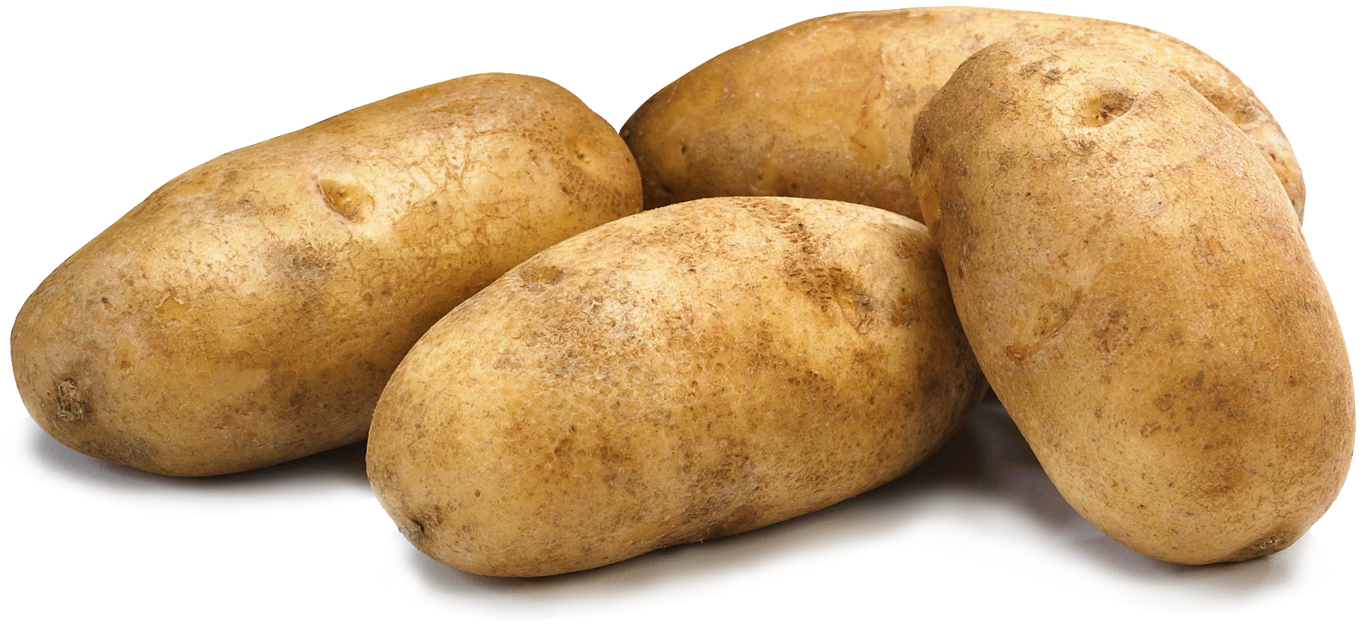I am a Chinese person and I have never heard of mixing rice, or even owning more than one kind of rice in your house. It seems so foreign to me. Chinese households will have a big tub filled with rice, and it Is just “rice”. We buy it in 20-pound sacks.
It’s really interesting that the notion of different types of rice is mainly heard of in the cultures where it is not part of every meal. Guess they just imported it from everywhere and then decided to give them names.
There once even was a racist German rice commercial that made fun of “Master Fong” (or some other Chinese name) because he couldn’t eat the non-clumpy German rice with his chopstick. As a kid who loved Chinese food (or what passes as Chinese in Germany) I found that to be preposterous and instructed my mom to never buy that rice.
I always get confused in American supermarkets. Growing up, I only ever knew that the rice to buy was what came in those large sacks with a picture of an elephant on it, and it came from Thailand. It would take me five years to finish a 20-pound bag on my own though.
When I go to a regular American grocery store, I see “long grain rice”, “jasmine rice”, “basmati rice”, and all that, and I have no idea what any of it is.
Long grain is American style rice, like uncle bens for example. It’s creamier than jasmine rice, but not quite as much as arborio rice which is the stuff you need to make (Italian) risotto.
Jasmine rice is an American version of a standard Chinese style rice used for stir fry. It usually works well for most American style Asian dishes.
You’ll also see sticky rice which is Japanese rice used for sushi.
Lastly Basmati rice is Indian rice and is characterized by not being creamy at all. You can pick out individual grains quite easily. To me, Basmati rice on a plate acts like 1000 individual items you have to eat rather than like long grain or arborio rice where a big scoop of it feels like 1 single thing you are taking bites of. It really is necessary for authentic Indian food though.
Jasmine rice is NOT an American variety. It’s a long grain rice from Thailand and Loas. It was first grown in Northern Thailand and its cultivation had nothing to do with America at all. It’s also a very popular rice in Asia and therefore works well for many Asian Asian dishes and not just American Asian dishes.
This may be a bit pedantic/regional so I apologize for that but I’ve always heard of what you call “sticky rice” as “sushi rice” which is a short grain Japanese specific type of rice. Sticky rice as I am familiar with it is glutinous rice and is basically a gluey slab of sweetened rice.
Sorry, I just meant that the jasmine rice we get in the US seems different than the stuff you get in a more authentic asian restaurant, but this could be due to many factors. I do realize that jasmine rice was not invented in the US though.
I’ve heard both sticky rice and sushi rice used interchangeably, I’m not sure if one is more correct than the other.
That’s likely due to quality, how they’re cooking it, and how fresh the rice is itself.
Jasmine rice loses its smell pretty fast and restaurants go through a lot so they and their suppliers are likely turning their stock faster and getting fresher rice.
The amount of water can make a huge difference in steaming rice even in a rice cooker. The packaging I see usually calls for like 1 1/4 water to 1 cup rice but personally I prefer a 1:1 ratio. Also always remember to fluff after it’s cooked!
American stores are also unlikely to carry some of the top Jasmine rice brands. I suggest a Thai brand whenever you can for Jasmine rice. I personally like the three ladies but there are other good Thai brands too.
I have always done 2:1 water to rice, didn’t know that was too much.
Mainly, yes, but with some exceptions. Mixing some wild rice in is popular-ish in Korea as a health food trend, although not really mainstream exactly.
That’s interesting to me because the French use bread for basically every meal as well and in my mind it serves an equivalent cultural purpose, but they have so much variety it’s mind-boggling. Dark, light, using different grains, flours, shapes, temperatures, yeasts, … Pretty sure wars have been fought over disagreements on flour taste.
That a staple food like that wouldn’t have 1000 traditional variations sounds crazy to me. I think it makes complete sense that Europeans would see rice and think “OK now how many possible combinations are there?” because it’s just how we rationalize cooking.
Different bread though can be made with the same ingredients in different combinations. So of course they’re was variety. Rice is grown as is. So unless a culture cultivated different species of rice which could take generations then they wouldn’t have multiple types or rice. Different styles of bread could be made with very little extra effort and some probably even happened by accident. It doesn’t take multiple generations to produce a new type of bread.
There are plenty of both wheat and rice species though. It’s not like China has been eating rice for millennia without growing new kinds, modern rice and wheat are man-made plants anyway.
There is a looot of significance to the ingredients used for bread, and I don’t think it’s fair to say that rice is inherently not versatile.
I’m not down playing breads significance. I’m disagreeing with your implication that as a staple item rice is as easy to cultivate differences in as bread would be. You implied that when Europeans discovered rice they thought " wow there should be more kinds, we can make this more versitle" like the Asian people cultivating rice for centuries had missed the obvious unlike the bread inventing Europeans.
The whole thread is about Europeans/Westerners who find that there are different kinds of rice that can be mixed, vs Chinese/Asian people who don’t view rice that way (what the original commenter said). I’m not passing a value judgement here, I just think it’s an interesting cultural difference. Maybe that difference doesn’t exist but then you can take it up with the other commenters on this thread, I’m just going off of what they said as I personally never until today thought that there was a problem with mixing different kinds rice. Also maybe it’s really just that it’s impossible to get tasty mixed rice, but my personal experience would disagree and also obviously if one type of rice takes half as long to cook then I’ll put it in the cooker midway through so is there really a problem or is it just a cultural thing? There sure are a LOT of things Europeans get worked up about that don’t really matter, for instance I think that dipping fries in ketchup is an abomination but also I recognize that this is just a cultural thing so maybe the same thing is happening here.
Might have something to do with rice being a culture-wide staple and historically tended by an impoverished & exploited workforce — whereas breadmaking was more often lauded as an art form. 🤓
I’m not knowledgeable enough about either to confirm or deny that theory, though I am reminded of the Answer in Progress episode about pasta that concluded that the incredible variety in pasta shapes is because making intricate pasta was a form of creative expression for women.
Funny you say this because I didn’t learn about the distinction between types of rice until I married a desi person. My father-in-law has said before “if I haven’t eaten rice, I haven’t eaten”.
If a white person makes Bengali rice pudding with basmati rice, the ghost of a Bengali will possess their toaster and burn all their bread in retribution.
A Yemeni restaurant in my city always serves a mix of white and red rice. And all their non soup dishes are rice + meat.
There’s an awesome Lebanese restaurant in Cologne that serves rice with small noodles in it. Super delicious.
Mmmm… Red rice.
In italy rice isn’t part of every meal, but we are the major producer in all Europe. We produce many types of rice by ourselves and they are really different by each other. We didn’t import ‘em and decided to give names…
I didn’t mean that other countries don’t grow their own rice, but that rice arrived over many more ways over the millenia in western countries than in the eastern countries where it had been widespread already, which wouldn’t necessitate much exchange of different varieties.
But by the time the old Greeks and Romans got introduced to rice they very likely already had the pick from many different locations, giving them much more variety to choose from and start growing their own crops.
Reading over Wikipedia Africa and South America started cultivating rice much later than Asia. And if I read it correctly at least in the Americas the native rice was in competition with imported rice from Europe and Asia. So they as well had a wider variety of types to choose from.
But all in all it’s just speculation on my part. No need to feel insulted.
Rice clumps depending on how you rinse and cook it. The type of rice has little to do with it.
The type of rice has a lot to do with it. You can kind of tweak it with rinsing and cooking, but there’s no way you’re getting basmati to stick together like sushi rice.
Sushi rice sticks together because of the sushi vinegar and sugar, not so much because of the type of rice
You should really stop while you’re only this embarrassed.
Go try that on basmati rice and see for yourself.
I have, in a pinch. If you cook it right and add the sushi seasoning, it’s actually TOO sticky. It also tastes completely wrong.
So my spouse is desi, and in south asia they’ve got loads of different kinds of rice. The most popular, everyday rice, is basmati - once I got a taste of it I was hooked. Other rices are used for specific purposes, like rice pudding, but basmati is the default. In the US (and most of Asia far as I can tell) the default rice is jasmine, the conflict here was between my parents and my wife, combining both rices is a mortal sin.
It was actually a bit surprising when we moved to China that there was only really one kind of rice ever used - buying basmati was just as much a specialty item here as it was in the states.
Jasmine? GTFO. Calrose stand up.
We do have some wild rice and brown rice, but Calrose is the workhorse.
I’m from Jersey. I jasmine. Never heard of Calrose, but I assume it’s a product of California. Will have to keep an eye out.
Hi, Jasmine. I’m Dad.
Calrose is better than jasmine but it’s no basmati
If three Chinese households combined their rice volumes and one held a birthday celebration on the new moon of the fifth month for the third daughter of their third daughter, how much does the tub weigh?
Imagine someone who’d never seen a meme trying to decipher this
That’s what makes it dank
Rice is rice (na naah naah na na)
Ugh, reminds me of the time I grabbed the jasmine rice instead of basmati, what a gloopy mess
Perfect with a Thai green curry though.
Not when it’s been soaked and overcooked into a gloopy mess.
Hmm, gloopy mess.
That’s not my name.
That’s porridge, more or less. Also, I don’t disagree, but glue is glue. 🥲
Omg I’m so sorry 🫂
Curious, if you have basmati rice available, what are you using the jasmine rice for?
Jasmine is my default rice for anything that doesn’t call for basmati or sushi. Basically, I keep one short, one medium, and one long-grained variety on hand. (I’m not counting the arborio since that has only a single purpose for risotto.)
Oh interesting! We usually substitute basmati for jasmine rice bc we like the flavor better. Unless ofc it’s a dessert of some kind.
“Dessert rice” is a foreign concept to me.
We prefer the aroma of jasmine rice, but some dishes such as biryani demand basmati.
Here’s a recipe for Bengali rice pudding, like my spouse’s family makes, if you’re interested in trying it. If you can’t get your hands on the particular rice for it she says calrose works (or, failing that, sushi rice).
You’ll want to run it through a translator since the recipe is in Bengali but that’s how you know it’s legit
Basmati not great for chopsticks.
True, probably why chopsticks never got popular in Bharat. But ofc there’s always the desi way of eating - your hands 😁
Thats why you wash your jasmine rice
Nope.
I eat rice daily and basically always mix some brown rice into white rice.
Please tell me you cook the brown rice on its own first before adding the white rice in order to compensate for the difference in cooking time 🙏🏾
Nope. We intentionally do that to keep the brown rice a bit harder.
Well, it’s your preference…

I also want to know how you cook this
I have always mixed white rice and parboiled riced, but brown rice? That needs way longer to cook right?
Rice cooks at speed?!
Ummmm, haven’t you heard of this thing called “time”?
Speed == time‽ 😱🤯
TIL all events are instantaneous
INGL, when I’m feeling extra lazy, I cook my quinoa with the rice.
I do half jasmine half whatever often. I thought a lot of people did this.









